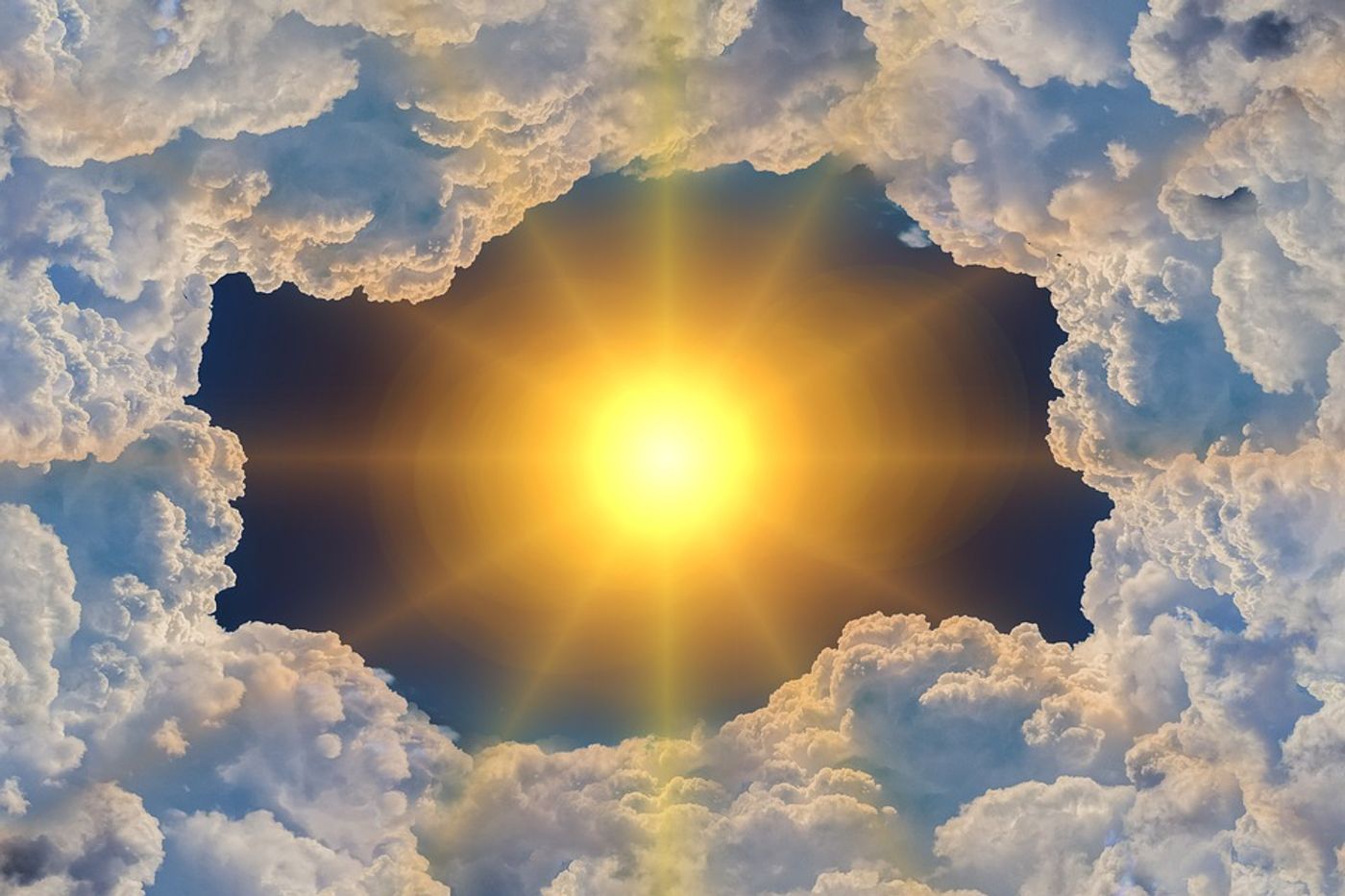Climate change and ozone damage create a positive feedback loop
And you thought we had fixed the ozone problem. Don’t speak too soon…new research published in Nature Sustainability from the United Nations Environment Programme's Environmental Effects Assessment Panel suggests that the problem is far from over – and in fact, it’s getting all tangled up with climate change and creating even more havoc.
According to co-author of the study Kevin Rose, who is a member of the panel and also a researcher at Rensselaer Polytechnic Institute, the whole ordeal is a complicated and interconnected mess. "What we're seeing is that ozone changes have shifted temperature and precipitation patterns in the southern hemisphere, and that's altering where the algae in the ocean are, which is altering where the fish are, and where the walruses and seals are, so we're seeing many changes in the food web.”
But wait, you say, didn’t the 1987 Montreal Protocol already solve the hole in the ozone layer? While that is true, a report from researchers earlier this year showed the detection of new emissions of ozone depleting substances coming from East Asia. Because of this, scientists are trying to start figuring out how harmful UV radiation, which seeps into our atmosphere more so without the protection of the ozone layer, interacts with climate.
See, there’s this thing climate pattern called the Antarctic Oscillation, which is basically the north-south movement of a wind belt that circles the Southern Hemisphere. And it turns out that this oscillation is farther south than it has been in a very long time because of the ozone layer hole above Antarctica. And that southern movement has resulted in some serious climate changes for the Southern hemisphere. Science Daily explains:
“As climate zones have shifted southward, rainfall patterns, sea-surface temperatures, and ocean currents across large areas of the southern hemisphere have also shifted, impacting terrestrial and aquatic ecosystems. The effects can be seen in Australia, New Zealand, Antarctica, South America, Africa, and the Southern Ocean. In the oceans, for example, some areas have become cooler and more productive, where other areas have become warmer and less productive.”
But the hole in the ozone layer isn’t just affecting climate – it’s a two-way street. Climate change is also impacting the ozone layer and its ability to recover from the damage we humans caused by emitting too many CFCs into the atmosphere fifty years ago.
"Greenhouse gas emissions trap more heat in the lower atmosphere which leads to a cooling of the upper atmosphere. Those colder temperatures in the upper atmosphere are slowing the recovery of the ozone layer," Rose said.
Moral of the story? Uh-oh.
Sources: Science Daily, Nature Sustainability









